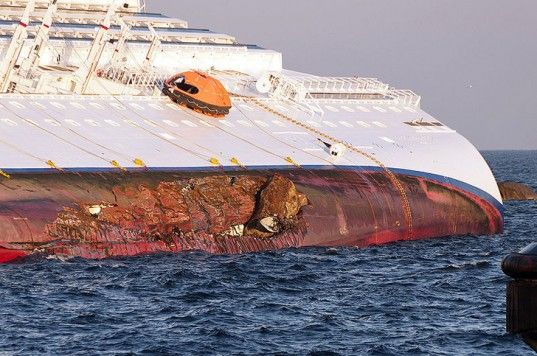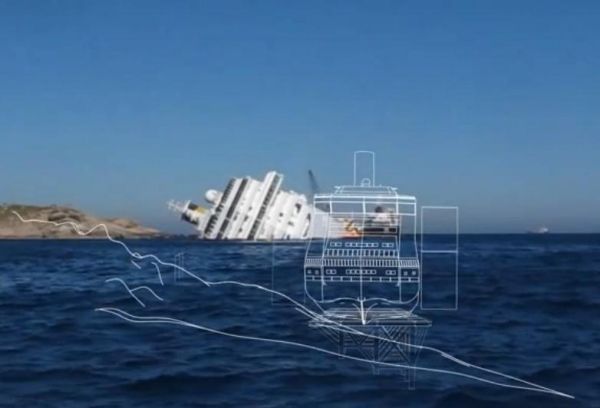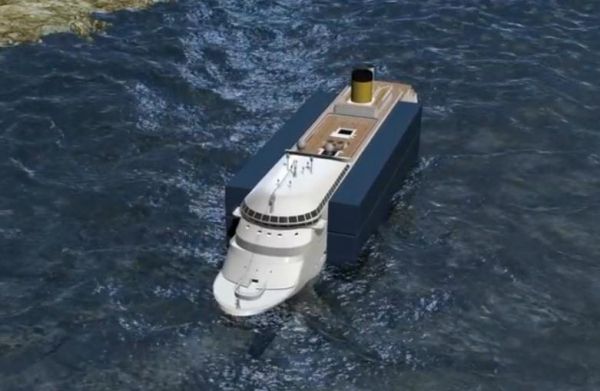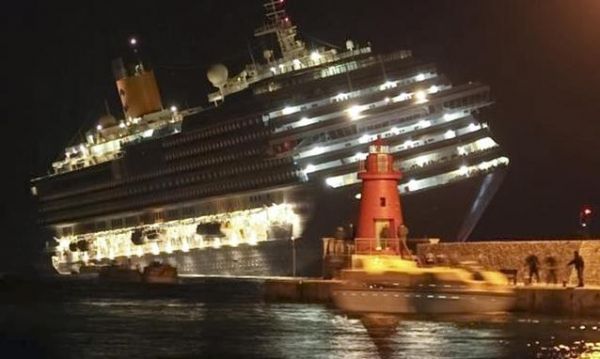On 13 January it is one year since the Costa Concordia cruise ship ran aground off the Tuscan island of Giglio. The anniversary is being marked with remembrance services around the world by the relatives of the 32 people killed in the tragedy, and flags will fly at half-mast on the Costa Concordia fleet of ships. A day of commemorative events will be held on Giglio where salvage crews continue their efforts to refloat the 292m-long, 114,500-ton luxury cruise liner.
The ship’s captain Francesco Schettino could face charges of multiple manslaughter and is awaiting the decision of Italian prosecutors later this month, following the conclusion of their 50,000-page investigation last December. Schettino could be imprisoned for 20 years if found guilty, while eight other people – including the ship’s first officer, four other crewmembers and three members of the Costa crisis unit – may also be indicted for actions relating to the sinking. The trial is expected to begin in the spring.
After the ship struck rocks at around 21.45 on 13 January 2012, it quickly began to list and a chaotic evacuation operation followed. Some passengers said that the signal to deploy the lifeboats and abandon ship wasn’t given until about 23.00. The rescue effort was also hampered by the fact that some 600 passengers had not received evacuation drills and a large part of the crew did not speak Italian. Investigators believe that Schettino abandoned the vessel at about 23.30, before the evacuation process was completed. During a now-famous telephone call the coast guard Gregorio Maria De Falco ordered Schettino to return to his ship, but he refused.
Currently the American-Italian consortium Titan-Micoperi is continuing its round-the-clock mission to right and remove the vessel in an operation that is likely to cost around $400 million and involves some 400 workers. Franco Gabrielli, the person in charge of the project, said the removal procedure will become part of “naval engineering history” while Costa Crociere president Pierluigi Foschi said the operation had “never been attempted on a ship of this size”.
The operation was initially due to have been finished by January 2013 but it now looks as if the shipwreck could be stuck in Giglio until the end of June at the earliest.
Once the salvage crews finish resurrecting the ship – which was built by Italian firm Fincantieri in 2006 and cost €450 million – it will be towed away for demolition, probably at the large Tuscan port of Piombino north of Giglio.


























